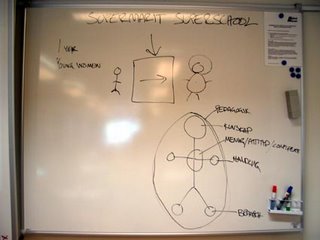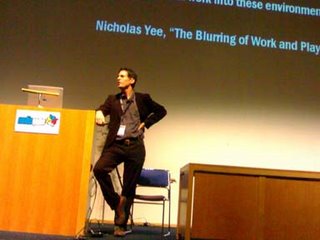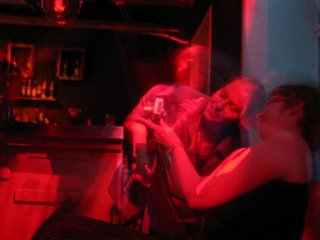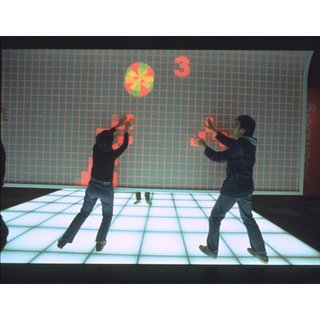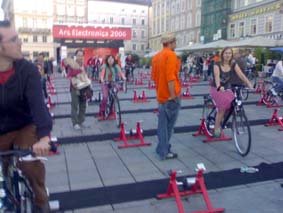Researcher Vili Lehdonvirta from HIIT has started Virtual Economy Research Network (VERN). Today they arranged a mini-seminar on
item payment revenue models.
At the beginning of the 21st century online game and community developers were totally lost. They did not have a clue how to make money at the Internet. The first big success was Lineage. Also some trading had developed at the Ultima Online at the end of 1990s. Today RMT is suddently a huge issue as not only the developers but also users are making money out of the games. VERN mini-seminar discussed the issue through two "case studies" IRC galleria and Habbo. Also professor Leo Sang-Min Whang of Yonsei University was giving a talk of RMT covering a number of viewpoints from virtual theft to behavioural patterns.
RTM according to wikipedia:
- A player levels-up in the world of MMORPG and "loots" rare or valuable items that are hard to obtain.
- The player will then sell these items on online auction sites, such as eBay, or to companies such as Internet Gaming Entertainment (IGE).
- Other players will purchase, or in this case bid, the item through transactions (usually online).
- The player with the item then hands the rare item to the bidder/company.
Lessons to be learned... well... Mr. Whang's presentation was pretty empty. He just shared some old numbers and (IMHO) light analysis on Lineage 'lifestyles'. Instead Mr. Taneli Tikka from Dynamoid (IRC-galleria) was really good. He explained insights how they try to make money out of IRC galleria. Basically advertising makes little less than 50% and VIP accounts, gallery products and other ways to personalize personal pages the rest. Sulka Haro from Sulake was the third speaker. Sulake is currently pondering whether they should allow or restrict RMT and selling rare Habbo items at the eBay. Currently they recommend not to do it but they are also developing a system to handle the issue.
I found it interesting to ponder how to employ users in online worlds (in the vein of 'users as innovators'), would online game developers be able to create viable eBusiness solutions (an alternative to credit cards) and how to add value of virtual brands.
 Elämä on Parasta Huumetta ry (Finnish assocation against drugs) is doing really interesting experiments with ICT (information & communication technology).
Elämä on Parasta Huumetta ry (Finnish assocation against drugs) is doing really interesting experiments with ICT (information & communication technology).
